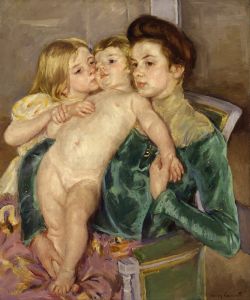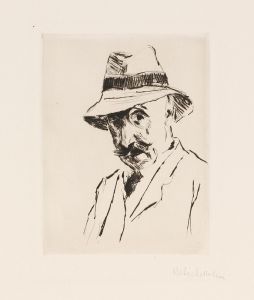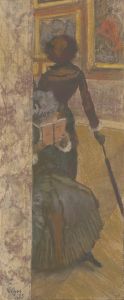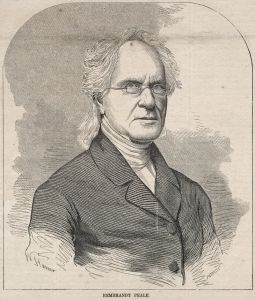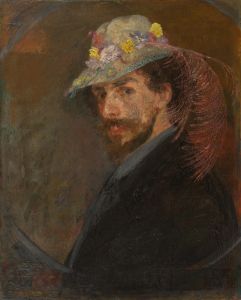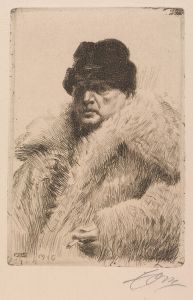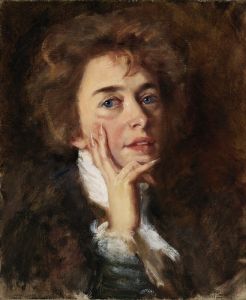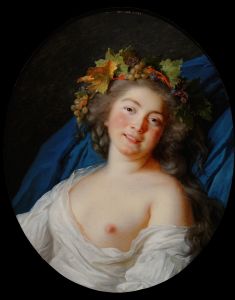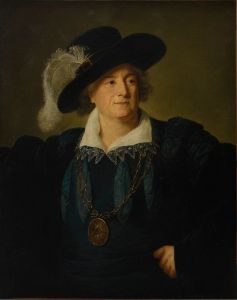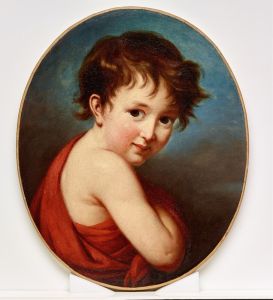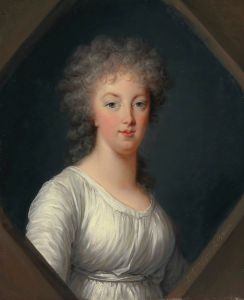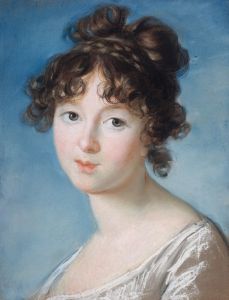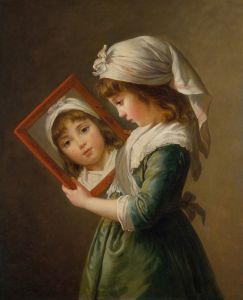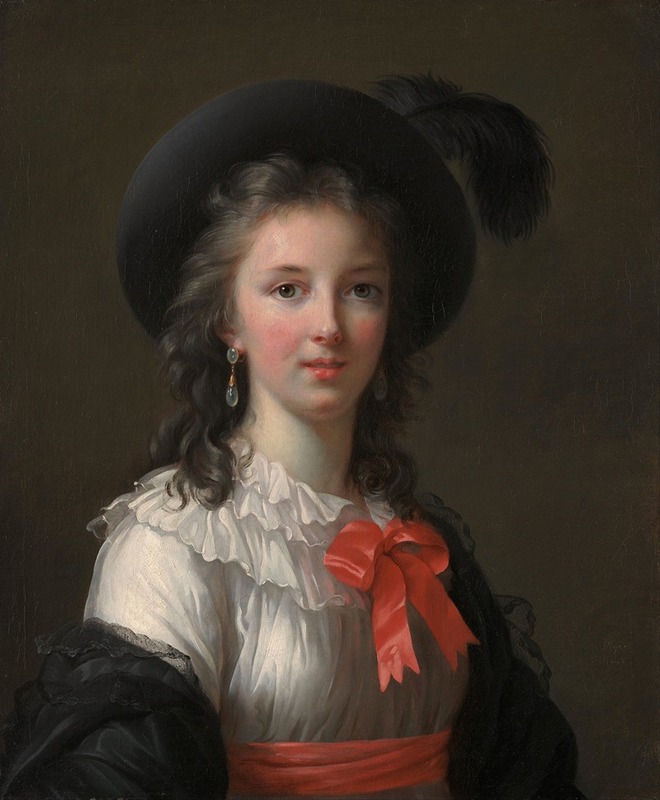
Self-Portrait
A hand-painted replica of Elisabeth Louise Vigée Le Brun’s masterpiece Self-Portrait, meticulously crafted by professional artists to capture the true essence of the original. Each piece is created with museum-quality canvas and rare mineral pigments, carefully painted by experienced artists with delicate brushstrokes and rich, layered colors to perfectly recreate the texture of the original artwork. Unlike machine-printed reproductions, this hand-painted version brings the painting to life, infused with the artist’s emotions and skill in every stroke. Whether for personal collection or home decoration, it instantly elevates the artistic atmosphere of any space.
Elisabeth Louise Vigée Le Brun's "Self-Portrait" is a notable work by one of the most celebrated female artists of the 18th century. Vigée Le Brun, born in Paris in 1755, was a prominent portrait painter who gained acclaim for her skillful and elegant depictions of European aristocracy, including Marie Antoinette, the Queen of France. Her self-portraits, of which there are several, offer insight into her artistic style and personal identity as a female artist in a predominantly male-dominated field.
The "Self-Portrait" in question is one of her most famous, painted in 1790 during her stay in Florence, Italy. This work is housed in the Uffizi Gallery, which is renowned for its extensive collection of self-portraits by artists from various periods. In this painting, Vigée Le Brun presents herself in a confident and poised manner, reflecting both her personal style and the artistic trends of her time.
In the portrait, Vigée Le Brun is depicted seated, holding a palette and brushes, which symbolize her profession as an artist. She is dressed in a fashionable yet simple gown, with a red sash around her waist, and a white turban-like headpiece, which was a popular accessory of the era. Her expression is serene and self-assured, conveying both her competence and her status as a respected artist. The background is neutral, ensuring that the focus remains on the artist herself.
Vigée Le Brun's technique in this self-portrait is characterized by a soft, delicate approach to color and light, which was typical of the Rococo style that influenced her early work. However, by the time this portrait was painted, she had begun to incorporate elements of Neoclassicism, evident in the clarity and structure of the composition. The painting demonstrates her mastery of capturing the texture of fabrics and the subtle play of light on the skin, which were hallmarks of her portraiture.
This self-portrait is significant not only for its artistic merit but also for its representation of a successful female artist asserting her place in the art world. During her career, Vigée Le Brun defied the limitations placed on women artists of her time, gaining membership in prestigious art academies, including the Académie Royale de Peinture et de Sculpture in France and similar institutions in Italy and Austria.
Vigée Le Brun's "Self-Portrait" is a testament to her skill and determination, reflecting both her personal achievements and the broader cultural shifts of the late 18th century. Her work continues to be celebrated for its technical excellence and its contribution to the visibility of women in the arts.





